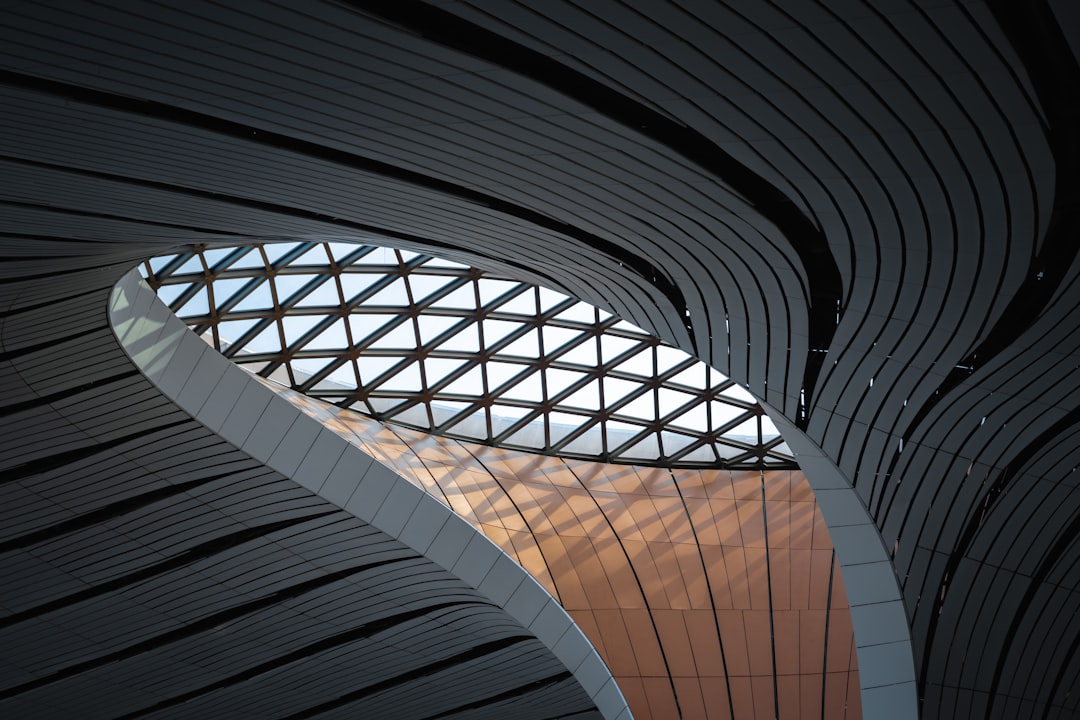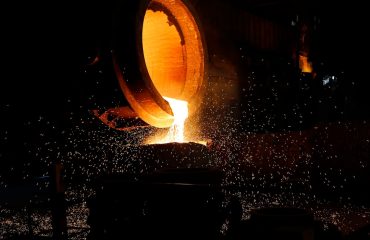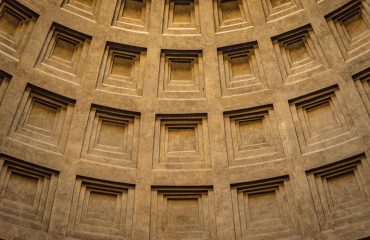“`html
For decades, concrete reigned supreme in the world of construction. But a quiet revolution is underway, a return to the strength and elegance of steel. This isn’t simply a nostalgic throwback; it’s a sophisticated reimagining of steel’s potential in modern architecture, driven by technological advancements, sustainability concerns, and a renewed appreciation for its inherent beauty.
Unmatched Structural Prowess: Pushing the Boundaries of Design
Steel’s inherent strength-to-weight ratio is unparalleled. This allows architects to create structures of breathtaking scale and complexity, defying traditional limitations. High-rise buildings, spanning vast distances with minimal support, and intricate, flowing designs previously unimaginable are now achievable thanks to advancements in steel production and engineering. Techniques like high-strength steel alloys and advanced welding processes enable the construction of lighter, yet stronger, structures, reducing material costs and minimizing environmental impact. The ability to prefabricate steel components off-site also speeds up construction time significantly, reducing overall project costs and disruption.
Aesthetic Versatility: Beyond the Industrial Aesthetic
The perception of steel as solely an industrial material is outdated. Modern architects are harnessing steel’s malleability to create stunningly diverse architectural expressions. From sleek, minimalist designs that emphasize clean lines and transparency to intricate, ornate facades that evoke a sense of delicate artistry, steel can adapt to almost any aesthetic vision. The ability to shape, bend, and combine steel with other materials like glass and concrete opens up a world of creative possibilities. Furthermore, advancements in surface treatments allow for a wide range of finishes, from polished chrome to weathered patina, adding further depth and character to the designs.
Sustainability in Steel: A Greener Future for Construction
The environmental impact of construction is a critical concern in the 21st century. While steel production does have a carbon footprint, significant strides are being made to reduce its environmental impact. The use of recycled steel, which requires significantly less energy to produce than virgin steel, is becoming increasingly prevalent. Furthermore, the durability and longevity of steel structures contribute to their overall sustainability. Buildings constructed with steel require less frequent maintenance and have a longer lifespan than those made from other materials, reducing the need for demolition and reconstruction over time. Innovative approaches like using steel in modular construction also minimize waste and improve resource efficiency.
Iconic Examples: Steel’s Mark on the Architectural Landscape
Numerous iconic structures around the world stand as testaments to the power and beauty of steel in architecture. The Eiffel Tower, a symbol of Paris, is a prime example of steel’s early impact. More contemporary examples include the Burj Khalifa, the world’s tallest building, which utilizes steel extensively in its structural frame. The Shard in London showcases the elegance and versatility of steel’s integration with glass. These, and countless other buildings, demonstrate the enduring appeal and remarkable capabilities of steel in creating visually stunning and functionally efficient structures.
The Future of Steel in Architecture: Innovation and Evolution
The future of steel in architecture is bright. Ongoing research and development are continually pushing the boundaries of steel’s capabilities. New alloys are being developed with even higher strength-to-weight ratios and improved resistance to corrosion. The integration of smart technologies into steel structures, such as sensors for structural health monitoring, is also gaining traction. Furthermore, the exploration of sustainable steel production methods and the increasing use of recycled steel will help to further reduce its environmental impact. As technology advances and architects continue to explore its potential, steel’s role in shaping the future of the built environment will only grow stronger.
Tags: Steel Architecture, Modern Architecture, Sustainable Construction, Steel Structures, Architectural Design
“`




